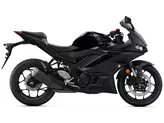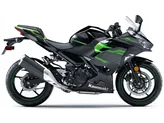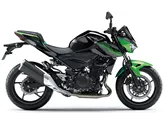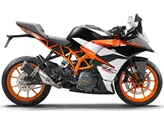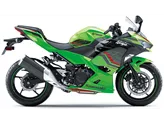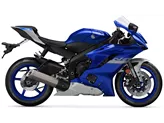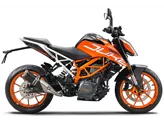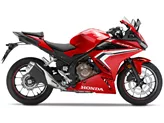Kawasaki Ninja 400 2018 vs. Kawasaki Z 300 2015
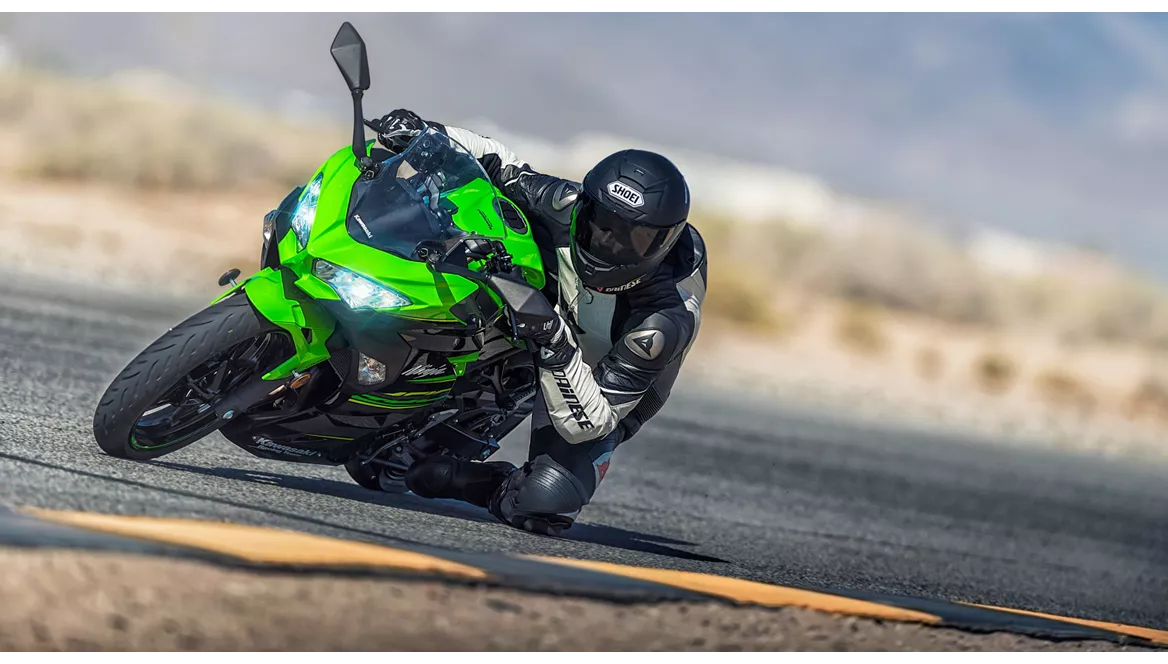
Kawasaki Ninja 400 2018

Kawasaki Z 300 2015
Visão geral - Kawasaki Ninja 400 2018 vs Kawasaki Z 300 2015
The Kawasaki Ninja 400 2018 and the Kawasaki Z 300 2015 are both sporty motorcycles from Kawasaki, but they have some notable differences in terms of their technical specifications and features.
Starting with the technical specifications, both motorcycles have an inline engine configuration with 2 cylinders and 4 valves per cylinder. However, the Ninja 400 has a larger displacement of 399cc compared to the Z 300's 296cc. This difference in displacement translates to a higher power output for the Ninja 400, with 45 horsepower compared to the Z 300's 39 horsepower. The Ninja 400 also has a higher torque output of 38 Nm compared to the Z 300's 27 Nm.
In terms of the chassis, both motorcycles have a steel frame, which provides good stability and durability. The Ninja 400 has a slightly shorter wheelbase of 1370mm compared to the Z 300's 1405mm, which may result in slightly better maneuverability for the Ninja 400. Both motorcycles have a comfortable seat height of 785mm, allowing riders of different heights to comfortably reach the ground.

Kawasaki Ninja 400 2018
When it comes to braking, both motorcycles are equipped with dual-piston front brakes with petal technology, which provides good stopping power and heat dissipation. The Ninja 400 has a slightly wider front tire of 110mm compared to the Z 300's 110mm, which may result in slightly better grip and stability.
In terms of fuel capacity, the Z 300 has a larger fuel tank with a capacity of 17 liters compared to the Ninja 400's 14 liters. This means that the Z 300 may have a longer range before needing to refuel.

Kawasaki Z 300 2015
In terms of strengths, the Ninja 400 has a chassis suitable for sporty riding, a lightweight construction for effortless handling, a smooth and responsive engine, a relaxed seating position that increases confidence, and LED headlights. On the other hand, the Z 300 has a mature appearance, high-quality finish, a high-revving engine, a comfortable seating position, stable braking, a complete and easy-to-read cockpit, and low fuel consumption.
However, there are also some weaknesses to consider. The Ninja 400 has non-adjustable brake and clutch levers, and the wind noise can be quite high for riders over 180cm tall with the stock windshield. The Z 300 has a very discreet sound, favorable chassis components, and the engine only starts at idle.
In conclusion, the Kawasaki Ninja 400 2018 and the Kawasaki Z 300 2015 are both capable motorcycles with their own strengths and weaknesses. The Ninja 400 offers a more powerful engine and sportier features, while the Z 300 has a more mature appearance and comfortable riding characteristics. Ultimately, the choice between the two will depend on the rider's preferences and intended use.
Especificações técnicas Kawasaki Ninja 400 2018 em comparação com Kawasaki Z 300 2015
Prós e contras em comparação
Prós e contras em comparação
Kawasaki Ninja 400 2018

Em resumo, a Ninja 400 pode ser descrita como a entrada perfeita no mundo das superdesportivas. Não é possível obter mais potência com a A2, o aspeto sugere muito mais potência, o veículo é divertido de conduzir, é indulgente em todos os aspectos e ainda permite um estilo de condução verdadeiramente desportivo. Aqueles que tinham preocupações legítimas sobre a falta de potência nas várias máquinas de 250 cúbicos agora não têm mais desculpas. Ninja 400, é bom ter-te connosco!
Kawasaki Z 300 2015
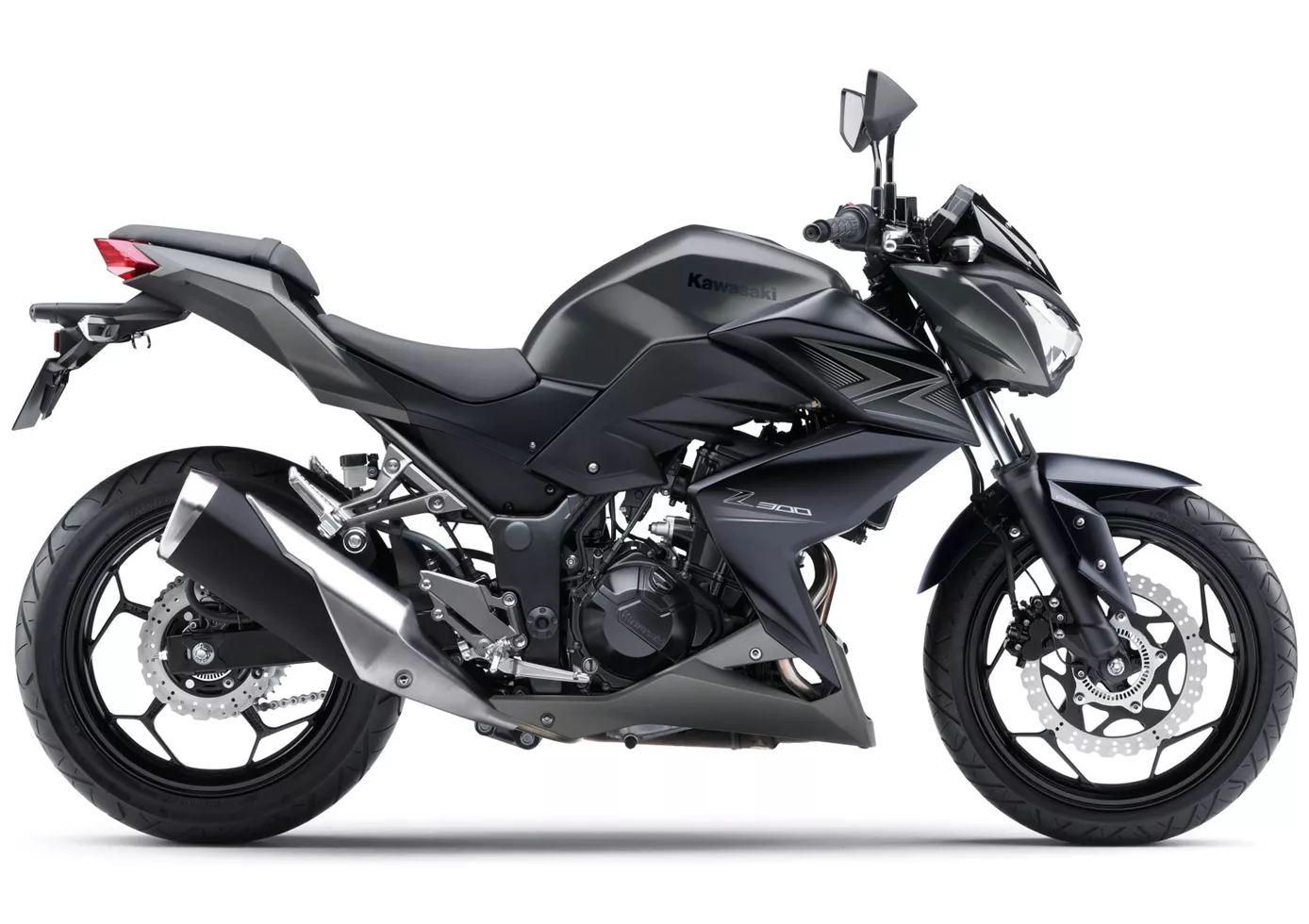
O design moderno da Kawasaki Z300, que é extremamente semelhante ao da sua irmã mais velha Z800, faz dela uma moto com um aspeto muito adulto. O sistema de travagem estável e o cockpit de fácil leitura com um conta-rotações analógico e todas as características necessárias enquadram-se muito bem nesta imagem. Graças aos 170 kg de peso pronto a conduzir, a moto é extremamente fácil de manusear e divertida. O motor só revela o seu potencial na gama superior de rotações, mas acelera com vontade e dá vontade de conduzir de forma desportiva. Apenas o chassis, orientado para o conforto, não consegue dar resposta às exigências radicalmente desportivas - mas isto é perfeitamente legítimo e compreensível para uma moto de entrada de gama.
Comparação de preços Preço médio de mercado Kawasaki Ninja 400 vs Kawasaki Z 300
There are a few key differences between a Kawasaki Ninja 400 2018 and a Kawasaki Z 300 2015. There are the same number of bikes of both models available on the 1000PS.de marketplace, specifically 10. It takes less time to sell a Kawasaki Ninja 400 with 105 days compared to 111 days for a Kawasaki Z 300. Since model year 2018 1000PS.de editors have written 9 reviews for the Kawasaki Ninja 400 and 5 reviews for the Kawasaki Z 300 since model year 2015. The first review for the Kawasaki Ninja 400 was published on 22/11/2017 and now has more than 44 300 views. This compares to more than 59 800 views for the first review on Kawasaki Z 300 published on 04/11/2014.


